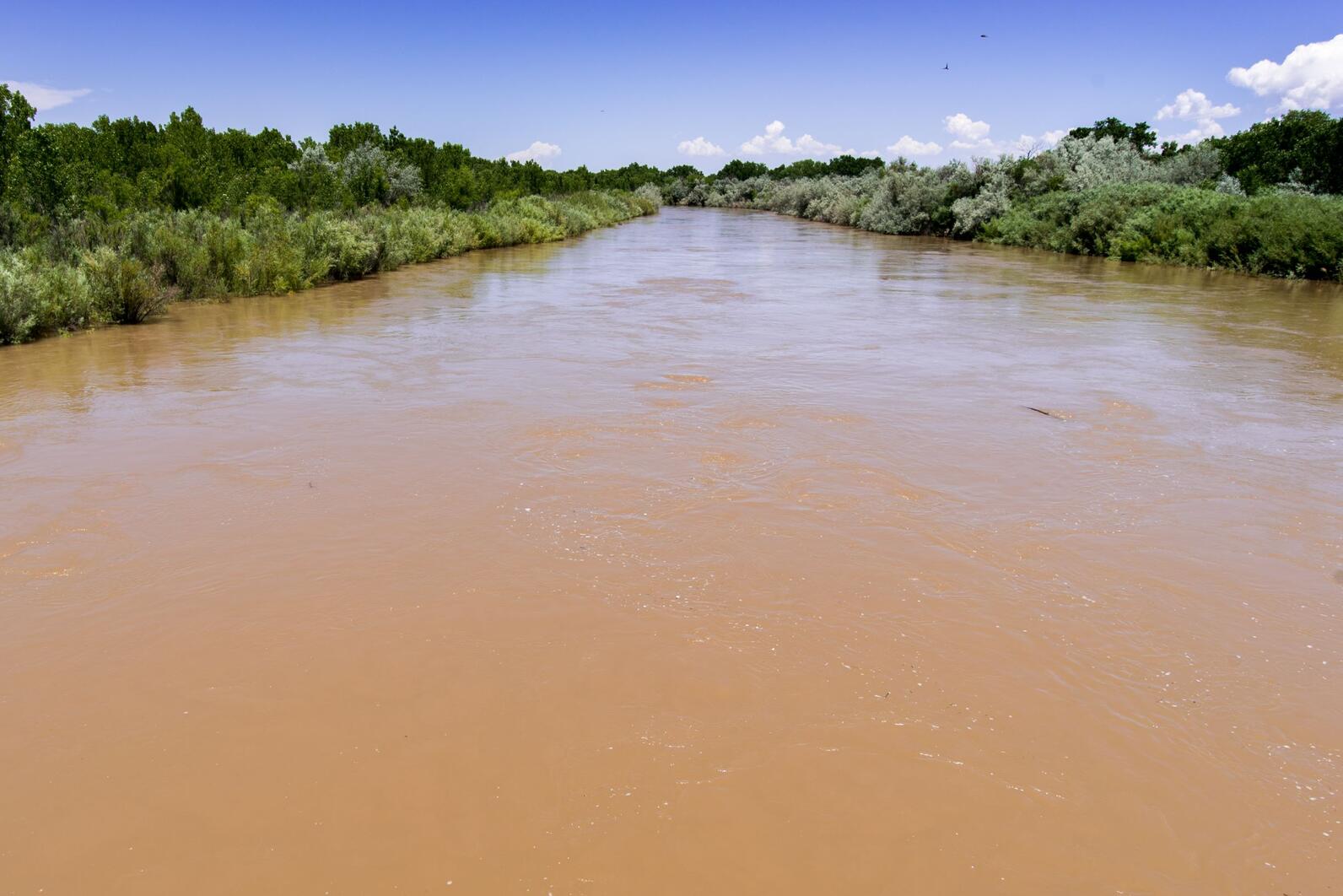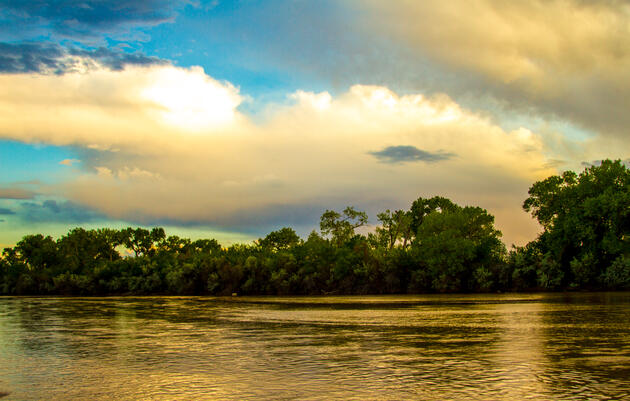With all the water in the Rio Grande this year, this may seem like an odd time to talk about climate change. Some climate change skeptics may be viewing this year as proof that our largely drought-stricken past 20 years has simply been a natural cycle that will improve as the cycle turns wet again. Others may simply want to forget the drought years and relish the bounty. Where I’m sympathetic to the latter, I want to dispel any argument that what we are seeing is a return to a more “normal”, 20th Century climate.
Looking outside our bountiful bubble, the warning signs persist. Our planet is screaming: June 2019 is the warmest June on record for the planet; the northern latitudes are broiling with record heat in parts of Alaska, Northeastern Russia, and the Netherlands; record heat in India with temperatures in some parts breaking 50 degrees Celsius (122 F); extreme spring-time weather events such as the record flooding in Nebraska and the mid-west and an unusually active southern US tornado season. True, these are weather events and, by definition, singularly each one does not represent climate; however, in their entirety they cannot be dismissed as natural variability. While it is our good fortune that we’ve been spared another barren snowpack run-off, this year’s bounty, too, speaks to an unsettled and changing climate.
I’ve observed the annual snowpack, runoff, summer monsoon cycle on the Rio Grande for over 25 years. Back in the late 1990’s all the buzz was about understanding the teleconnection between the oscillations in tropical Pacific sea surface temperatures (commonly known as El Nino and La Nina cycles) and our ability to predict Rio Grande water supply 6 months to 2 years out. I obsessively followed trends in the Pacific sea surface temperature and the latest modeling efforts to become an informed and locally infamous prognosticator of short-term water supply. My luck began to wear thin around 2010 when the understood response to El Nino events began to dissipate and become unpredictable. This was most notable in 2016 when the El Nino of the century resulted in below average Rio Grande snowpack. This last year (2019) has been a weak El Nino at best, yet has resulted in the past century’s 4th largest snowpack. The patterns of old and what we thought to be true are changing and becoming more chaotic, giving rise to the now-popular notion that ”stationarity is dead”; that the climatic behavior prior to 2000 does not represent the world we now live in which is marked by extremes and unpredictability.
Today the buzz amongst agencies and universities is much about resiliency—how can we adapt to this uncertainty, more intense droughts and overall reduction in water supply (visit UNM’s Climate Resiliency Institute)? The New Mexico Rio Grande Basin Study, co-led by the US Bureau of Reclamation and the Middle Rio Grande Conservancy District, plans to address resiliency through exploring water management and water infrastructure alternatives that will increase our ability to ensure a better water supply for farmers, cities, pueblos and the environment. The kick-off meeting for the Basin Study was held at the Randall Davey Audubon Center & Sanctuary this last May and brought with it some of the best minds in our State all focused on the problem at hand. Audubon New Mexico holds a seat on the steering committee of the Basin Study and is excited about participating in this important effort.
A basin study will help us to have a more nimble water supply and be better adapted for the droughts to come, but it will not lessen the severity of the droughts themselves. A dampening or leveling off of warming trends can only come from a dramatic reduction in our carbon emissions. To quote Kristalina Georgieva, the CEO of the World Bank: “We are clearly the last generation that can change the course of climate change, but we are also the first generation with its consequences.” This is from the World Bank, an organization that is often criticized for putting profits over people, so perhaps the urgency of our predicament is hitting the mainstream. You could also look to Greta Thunberg, the 16-year-old Swedish climate activist, for inspiration for our way out of this mess: “It is still not too late to act. It will take a far-reaching vision, it will take courage, it will take fierce, fierce determination to act now, to lay the foundations where we may not know all the details about how to shape the ceiling. In other words, it will take cathedral thinking. I ask you to please wake up and make changes required possible.”





